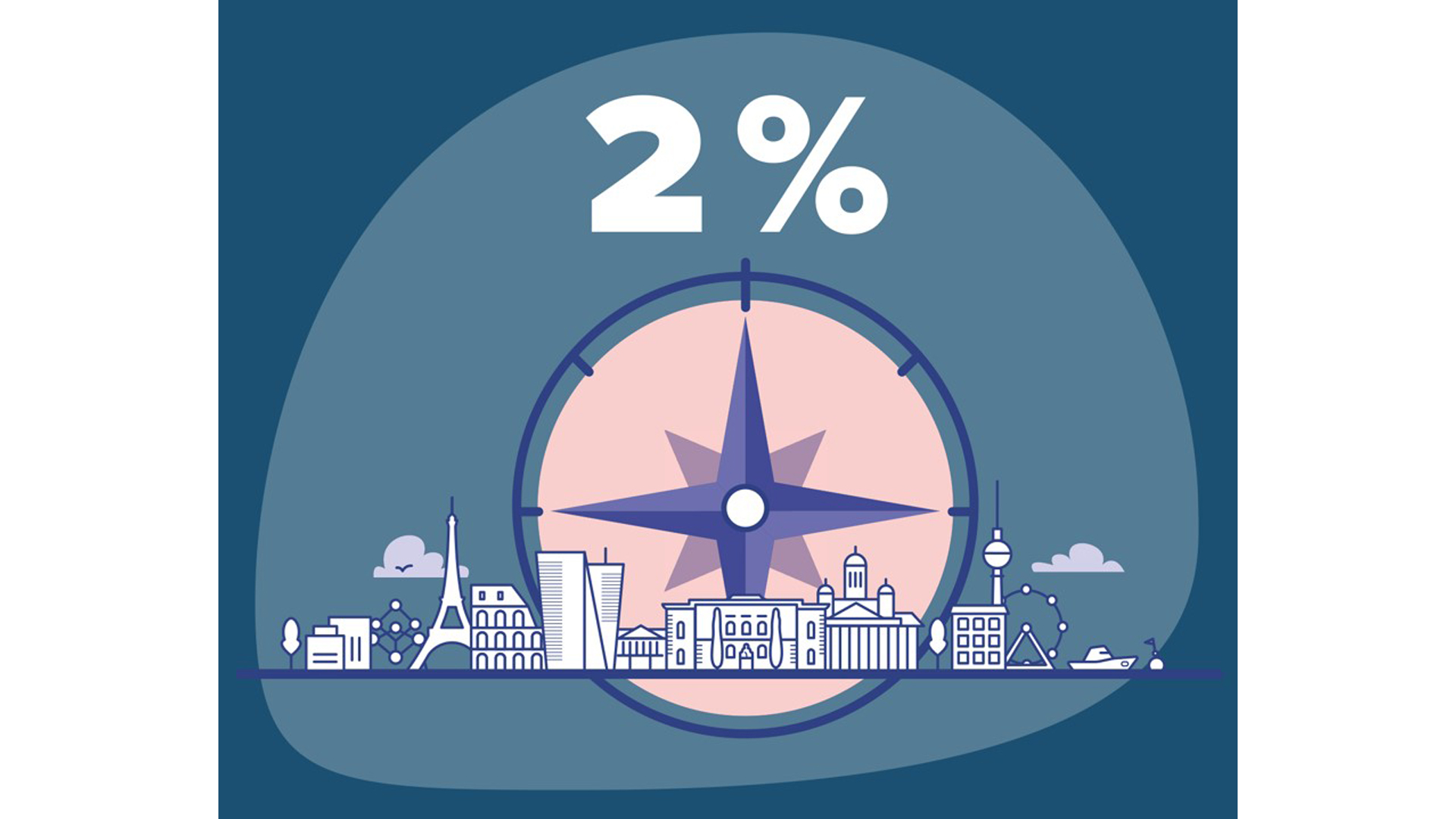Monetary policy strategy
Central banks regulate the money supply and interest rates in the economy. Monetary policy plays a key role in maintaining economic stability and promoting economic growth.
Finland is part of the euro area, which has a single monetary policy managed by the Eurosystem. As a member of the Eurosystem, the Bank of Finland participates in preparation of the single monetary policy, related decision-making and implementation in the euro area. The main objective of Eurosystem monetary policy is to maintain price stability in the euro area and thereby safeguard the purchasing power of the euro.
To support monetary policy decision-making, the Bank of Finland produces analyses and research on the economies of the euro area and Finland as well as forecasts of the Finnish economy, which assess the economic and inflation outlooks as well as the development of general government finances.
The task of monetary policy is to ensure that inflation – i.e. the increase in the prices of goods and services – remains predictable and stable. Price stability is, in fact, the primary objective of the Eurosystem.
Price stability can be defined as a situation where there is no need for consumption and investment decisions to take into account changes in the general level of prices. Where there is price stability, inflation is moderate and predictable. Ensuring price stability is the best way for Eurosystem monetary policy to promote a favourable economic environment and high employment.
Rapid inflation and deflation are economic phenomena that have adverse impacts on the economy. Inflation is defined as a general increase in the prices of goods and services that results in a decrease in the value of money, i.e. a decline in purchasing power. Deflation is typically defined as the opposite of inflation, in other words a situation where there is a continuous fall in the general level of prices.
Inflation is measured by the Harmonised Index of Consumer Prices (HICP), which is calculated in the same way in all EU countries. In addition to the HICP, attention is paid to the prices of owner-occupied homes. Monetary policy decisions are based on precise assessments of the risks that, if realised, could accelerate or decelerate inflation. Climate change is also taken into account in this analysis.
The Eurosystem’s monetary policy strategy aims to maintain consumer price inflation at around 2% per year. The target is symmetric, which means that it considers that both negative and positive deviations from this target are equally undesirable.
The impact of monetary policy on the economy is transmitted through various channels, of which the most important are
- the impact of the interest rate on corporate investment and household spending
- the impact of the interest rate on the market values of housing units and securities and thereby on household spending
- the impact of the interest rate on exchange rates and thereby on import prices and the competitiveness of the export industry
- the impact of monetary policy on banks’ lending capacity.
These are the channels through which monetary policy influences the demand for goods and services as well as inflation.
